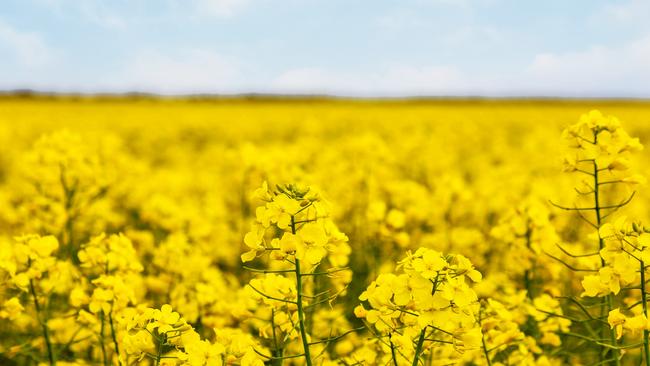Australian agricultural production value to drop by 14 per cent: ABARES report
The value of Aussie agricultural production is forecasted to drop 14 per cent compared to last year as drier weather and falling livestock prices take hold.

A warmer and drier outlook combined with decreasing livestock prices is expected to curtail Australia’s forecasted agricultural production by 14 per cent in the next year.
ABARES has predicted the agricultural sector’s production value will reach $80 billion in 2023-24, a decline from the $92 billion worth of production in the last financial year.
Overall, the combined Australian agriculture, fisheries and forestry sector is forecasted to have its third-highest yearly gross value on record in the next year at a predicted $86 billion.
ABARES executive director Dr Jared Greenville said the expected drop in value was because of drier domestic conditions and an expected fall in global commodity prices.
“Drier conditions will also mean livestock producers will need to send more animals to slaughter. As supply increases, saleyard prices for cattle and sheep are expected to fall; sheep prices are forecast to fall below their long-term average,” Dr Grenville said in a statement.
“Production and price outcomes will also weigh on export performance with the value of agricultural exports expected to decrease by 17 per cent to $65 billion.”
ABARES latest commodities and crop reports forecast total crop production value to fall 20 per cent during this financial year to $46 billion, with northern cropping regions feeling the effects of drier conditions more than southern cropping regions in Victoria and the NSW Riverina.
The national winter crop is expected to yield slightly below the 10-year average, for a total of 45.2 million tonnes, while the summer crop is expected to fall from last year but remain above average, due to lower forecasted spring and summer rainfall, but high levels of water storages.
Meanwhile in the livestock sector despite higher production volumes, the value of livestock production is expected to fall by $1.6 billion to $34 billion in the next year, largely due to falling global meat prices.




